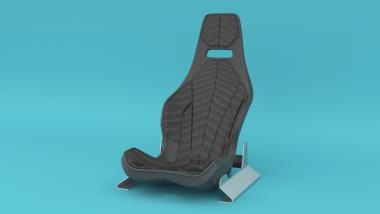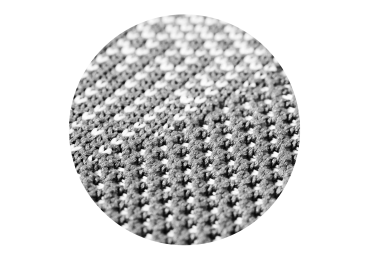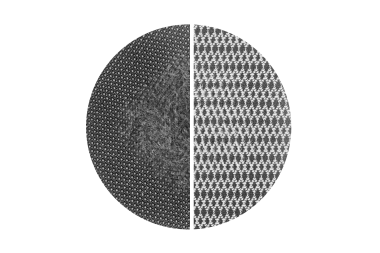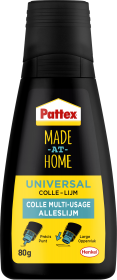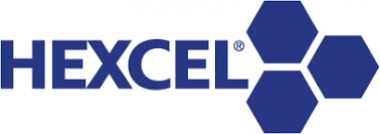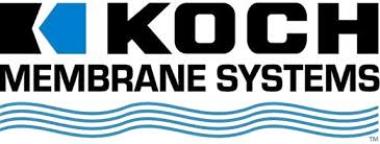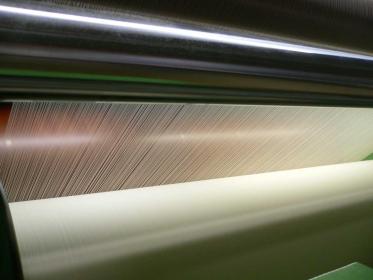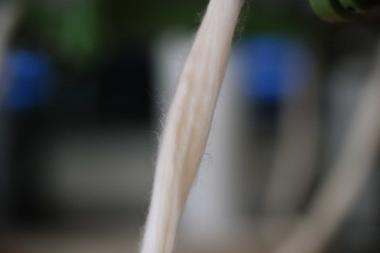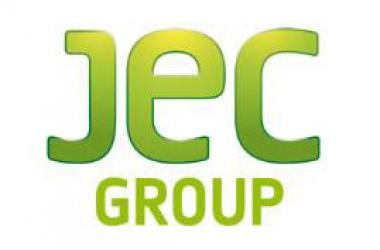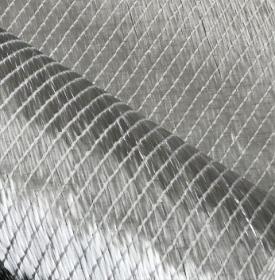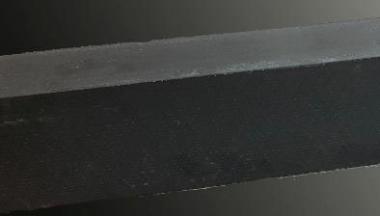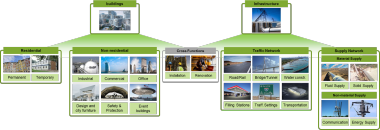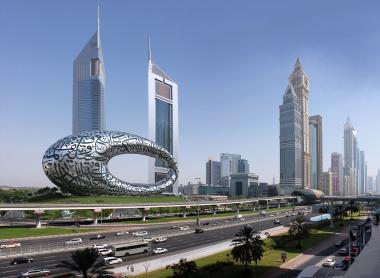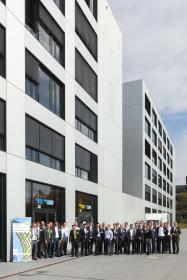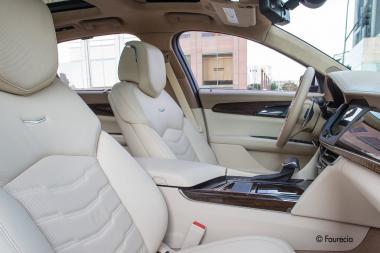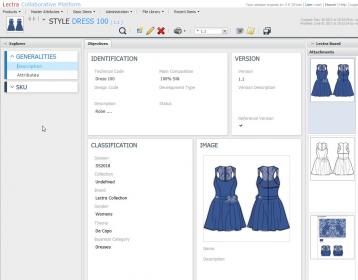Strong potential in Buildtech and Mobiltech sectors to be displayed at Cinte Techtextil China
This September’s Cinte Techtextil China will once again provide a strong barometer of the state of the global technical textiles industry, and in particular which sectors in Asia as a whole, and China specifically, are performing well. Two of these for certain are Buildtech and Mobiltech, with a number of leading global and Chinese brands exhibiting to eager buyers from these sectors.
Cinte Techtextil China is Asia’s leading biennial fair for the technical textiles and nonwovens sector, and will feature an expected 500-plus total exhibitors from around 20 countries & regions from 4 – 6 September. The fair offers products and technologies for 12 application areas* which cover the entire industry.
Buildtech benefits from Belt & Road and other infrastructure investment
With a huge boom in national and regional infrastructure projects, the market for Buildtech products, especially geotextiles and construction textiles, is rapidly expanding. In particular, the government’s global Belt & Road project, as well as continued investment at home in highways, high-speed rail and more, is fuelling this expansion. According to CNITA, in 2017 China started 35 new railway projects, with additional private capital investment in this sector totalling some USD 53 billion that year. The same investment in highway construction increased 17.7%, while water conservation project investment by private firms reached a new record of USD 105 billion.
With this potential in the Asian market, it’s no surprise a number of new exhibitors will feature in the Buildtech sector at the fair, including FPC Technical Textile from Saudi Arabia, Kobe-cz from the Czech Republic, as well as Lenzing Plastics, while Johns Manville are one of the returning exhibitors this year.
- FPC Technical Textile (Saudi Arabia) produce high-end specialty fabrics including PVC coated fabrics and fibre glass PTFE fabrics, and will focus on the latter at the fair.
- Kobe-cz (Czech Republic) will showcase their nonwoven fabrics, mainly from glass fibre with temperature resistance up to 800°C.
- Exhibiting for the first time at the fair with their Plastics division, Lenzing (Austria) will feature their technical laminates for building industries, roofing membranes, vapour barriers, isolation facings and barrier packaging, as well as PROFILEN® PTFE yarns, films and fibres at Cinte Techtextil.
- Johns Manville’s (US) products on offer include polyester spunbond, PP & PBT meltblown, glass fibre nonwovens, micro glass fibre nonwovens, hybrid nonwovens, glass fibre needle mat and glass microfibers.
Mobiltech benefits from huge increases in automobile production in China
With new textile innovations and application possibilities spreading throughout the automobile industry, coupled with the fact China is the world’s largest auto producer, Cinte Techtextil is the place to see the latest products and technologies for this sector this September. Automobile production in China reached 29 million units in 2017, an increase of 3% year-on-year. Staggeringly, new-energy vehicle production grew by 53% last year, while SUVs and commercial vehicles increased 13.81% and 13.95% respectively.
With such strong growth in China, a number of leading international Mobiltech producers, as well as top domestic suppliers, will be at Cinte Techtextil this year, including:
- Abifor (Switzerland): their focus at the fair is on products designed for automotive, construction and other technical applications, in particular their specialty hot-melt powders. The company has its own production unit in Shanghai, and reports that an increasing number of domestic customers are starting to focus on more sophisticated products.
- SKS Group (Sweden): will showcase high performance single end yarn for automotive and industrial hoses, and single end cord for automotive and industrial belts.
- Swisstulle (Switzerland): will have a range of products on offer for automotive, rail and aviation uses, including sunshade materials, nets, tube reinforcements and new possibilities for luggage compartment covers.
- Windel Textile Far East (Germany): with production undertaken in China, this German firm offers textile greige, half-done and finished materials. They offer nonwoven, knitted and woven fabrics (substrates), and glass fibre solutions. At the fair, they will showcase substrates for adhesive tapes / wire harnessing tapes, and Maliwatt- and coagulated microfibre fleece for covering vehicle interiors.
- Protechnic (France): they will feature hot melt thermoadhesive nets, webs and films, as well as laminating process in automotive and other industrial applications at Cinte 2018.
- Kuangda Technology Group (China): having supplied products for global brands such as Volkswagen and Audi, this Chinese supplier will offer automotive interiors, including interior fabrics, seat covers and cushions at the fair.
- Shanghai Shenda (ShanghaiTex Group) (China): specialising in automotive interior textiles, they manufacture a full range of products including grey car carpet, moulding car carpet, head liners (warp-knitting and nonwoven), seat belt, seat fabrics and more, and have supplied the likes of Mercedes-Benz, BMW, Volkswagen and GM.
Cinte Techtextil China is organised by Messe Frankfurt (HK) Ltd; the Sub-Council of Textile Industry, CCPIT; and the China Nonwovens & Industrial Textiles Association (CNITA). To find out more about the fair, please visit: www.techtextilchina.com.
Messe Frankfurt Exhibition GmbH








